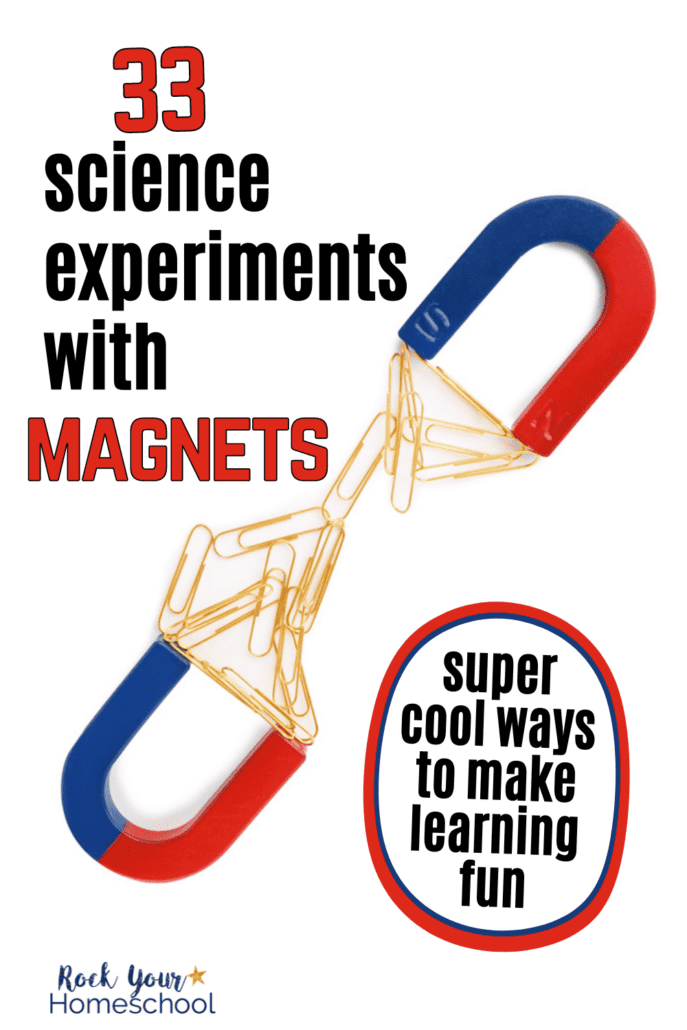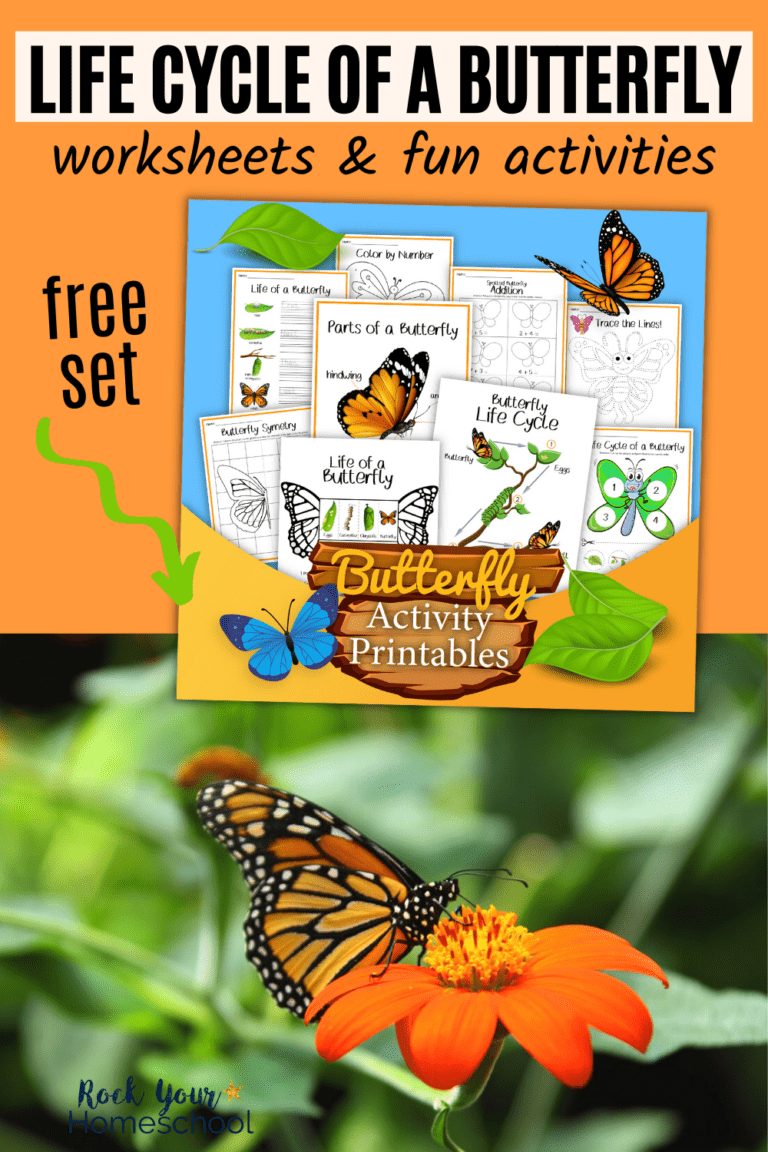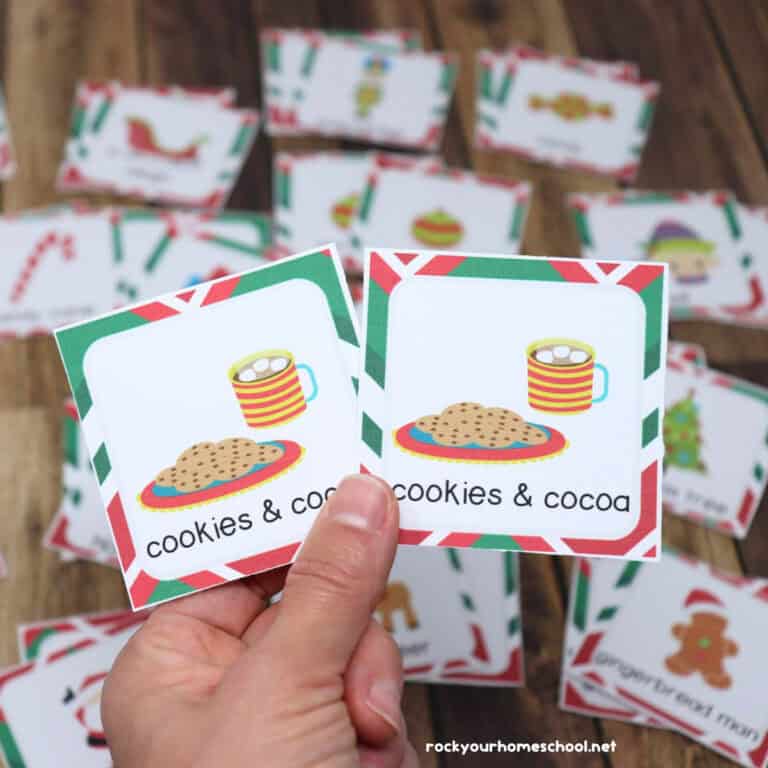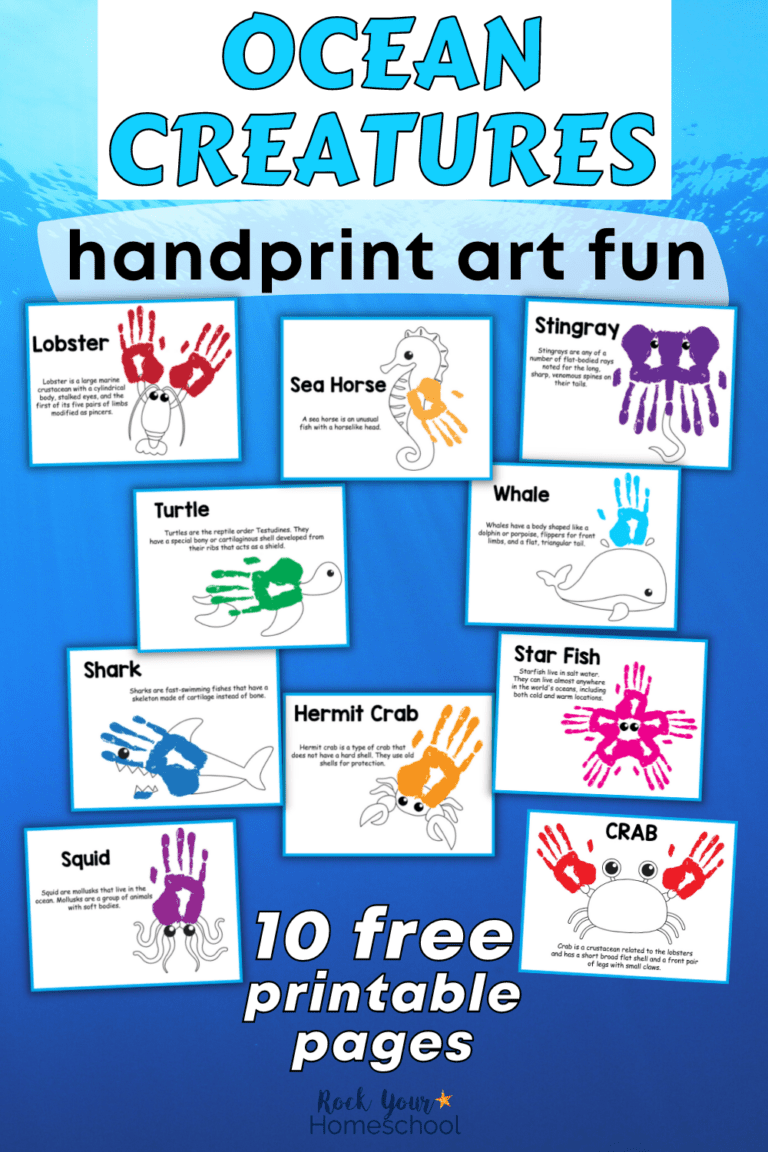Science experiments with magnets are excellent ways to enjoy powerful learning fun with your kids.
If you’re looking for simple yet super cool ways to boost your science activities, these experiments are the way to go.
Get 33 cool ideas for science fun with magnets and fantastic tips for making the most of these experiences.

Learning About Magnets Can Be FUN!
Take a second to think about magnets?
Did you imagine a red, horseshoe-shaped magnet? 🧲️
Or maybe you thought back to when a younger version of you playing with two magnets — fascinated by their dual ability to both repel and attract.
But when you dig even deeper into the science of magnets, you’ll learn that magnets actually play a really big role in our daily lives!
When I think about using strong magnets (or magnets of any strength), I imagine how they “magically” make paper clips, jingle bells, and other magnetic materials move. As a child, I was fascinated by the invisible force that different types of magnets had.
Recently, my boys have been chatting about magnetic experiments. I thought adding a simple experiment or two would be a great way to boost our homeschool fun. When I started researching easy magnet experiments, I was blown away by all of the magnet activities out there!
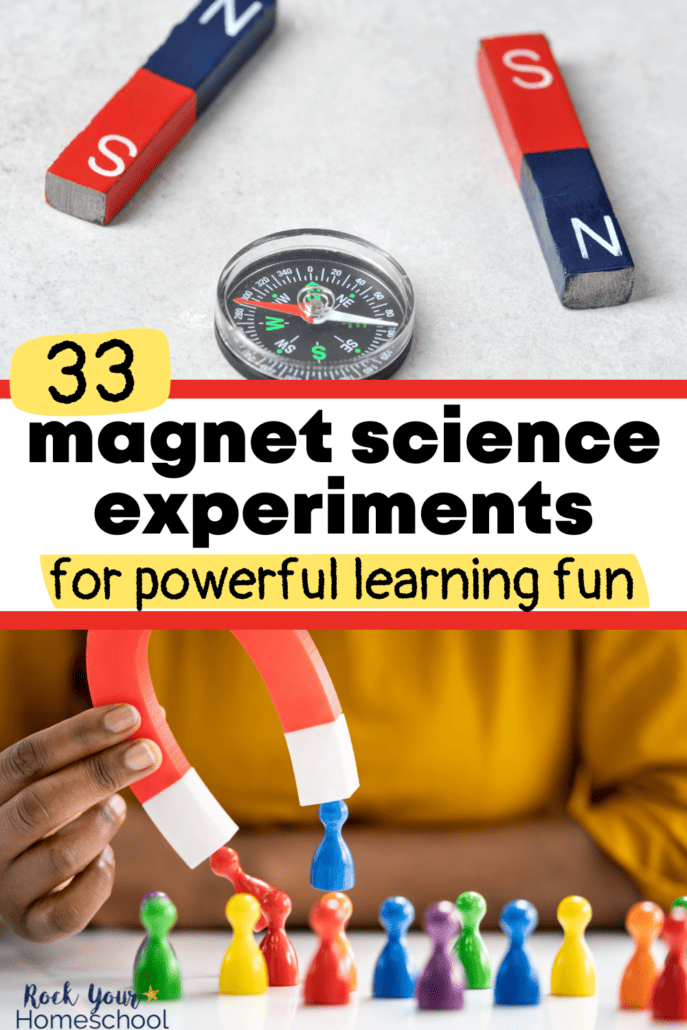
Interesting Facts About Magnetism
- Scientists have been studying magnetism since as early as 13 A.D.
- Magnetism has strong ties to the science of electricity. Up until the 19th century, they were believed to be completely separate forces. But, in 1905, Einstein’s Special Theory of Relativity established that they’re actually two aspects of one common phenomenon.
- The magnetic compass (which was invented in China) was actually not initially used for navigation. Instead, it was likely used to order and harmonize buildings according to the principles of feng shui.
- The belief that Earth is one giant magnet is based on the scientific theory that the planet’s core is composed primarily of iron ore.
- A magnet has 2 magnetic poles – a north pole and a south pole.
- Magnetic Field Therapy is based on the thought that we can restore our bodies to optimal health by balancing the body’s electrical and electromagnetic fields by placing magnets on different parts of the body. It’s used to treat pain and insomnia, as well as to help the body heal wounds.
- Some everyday items that use magnets include refrigerator magnets, dart boards, CDs, computer chips and motherboards, button or snap replacements, and wrecking cranes.
- Scientists believe birds use Earth’s magnetic fields to guide them when they migrate.
- Veterinarians sometimes use magnets to pull pieces of metal out of the bodies of animals.
Below, you’ll find a list of over 30 science experiments with magnets that your kids (and you) can enjoy. The experiments included can be completed using materials that are easily found either in your home or at local stores.
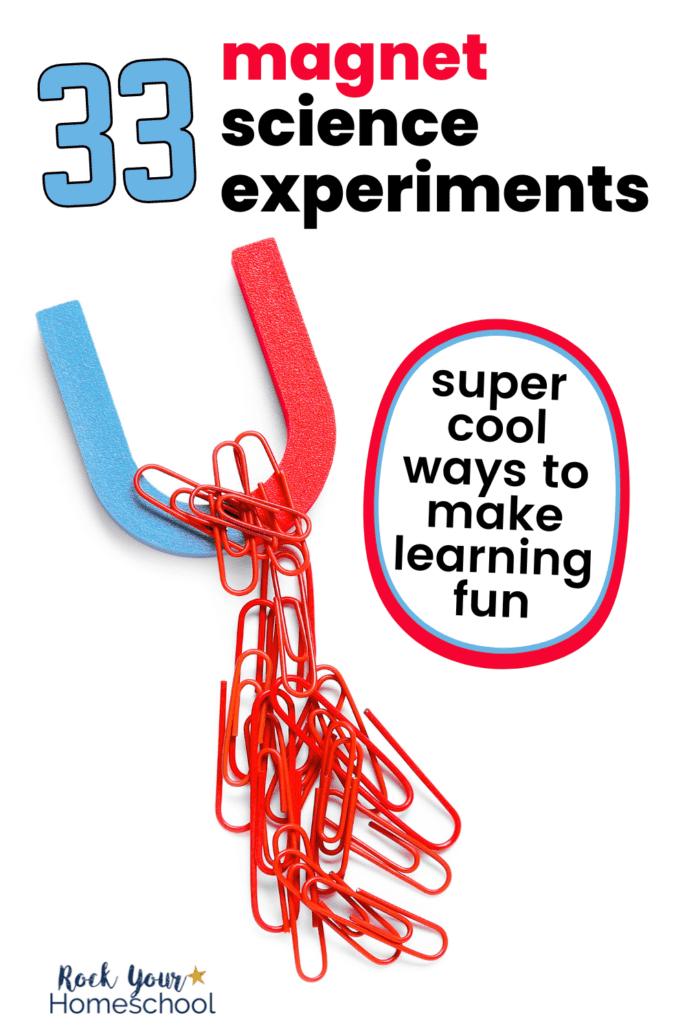
33 Science Experiments with Magnets
1. Make a Mini Magnet Maze
Have you ever been to a pediatrician’s office that had one of those cool magnet mazes in the waiting room where kids could use a magnet to steer a toy through a maze? With this experiment, you and your kids can use a handful of simple supplies to create something similar. It’s part art project, part science activity, but all fun.
2. Gravity-Defying Magnet Trick
Here’s another art + science combo where kids can use magnetism to make a paper clip appear to float in mid-air! You’ll also find two extension activities you can use to build on the initial activity.
3. LEGO Magnet Maze
If your kids have a bunch of LEGOS laying around, try building a maze out of them and then use a magnet to direct something (like a LEGO car, ship, or even person) through it.
4. Easy Magnetic Cars
Speaking of cars, this activity walks you through using glue and magnets to transform toy vehicles into magnet-powered vehicles.
5. Magnetic Scavenger Hunt
Magnets are all around us! Put this idea to the test by arming your kids with a magnet (it doesn’t even have to be a particularly powerful one) and ask them to walk around the house and find as many magnetic objects as possible. (Note: Make sure they don’t test the magnetism of pacemakers, defibrillators, hearing aids, television sets, computers, or expensive watches.)
6. Magnetic Ice
This hands-on activity can be really fun for young kids and help them explore the concept of magnetism on a very basic level.
7. Magnetic Slime
Magnets and slime can both be fun to play with on their own. So imagine how much joy your kids will get from making their own magnetic slime! They can do just that by adding iron oxide powder to slime and using a Neodymium Barr magnet.
8. Build an Electromagnetic Train
Here’s a fun project where kids can explore electricity and magnetism by building a simple electromagnetic train and seeing how these two forces interact with each other.
9. Extract Iron from Breakfast Cereal
Some cereal (such as Honey Bunches of Oats, Cheerios, Rice Chex, Corn Flakes, Grape Nuts, and Frosted Mini Wheats) claim to be high in iron. Test these claims out with this experiment!
10. Floating Magnet
In this activity, kids can use what they know about the poles of magnets as well as how two magnets interact with each other to build a stack of magnets that seem to float.
11. Make a Simple Compass
After teaching kids about the Earth’s magnetic field, you can help them put it to use by helping them build a simple compass using some common household items and tools.
12. Magnets and Extreme Temperatures
In this experiment, you’ll explore what happens to magnets and their magnetism when put under extreme temperature condtions – namely freezing and boiling.
13. Make an Electromagnet and Test its Strength
Electromagnets (like the ones in many electronic devices) are devices whose magnetism can be turned on and off. In this activity, kids build their own electromagnet and test which factors impact the electromagnet’s strength.
14. Build a Gauss Rifle for Fun Science Experiments with Magnets
A Gauss Rifle is an electromagnet-powered device that can launch balls at high speeds. In this physics experiment, you and your kids can build a Gauss Rifle and then test out how the different magnetic acceleration stages affect the velocity of the metal balls.
15. Build a Floating Maglev Train
Maglev Bullet Trains are retlatively new transportation technology that use two sets of electromagnets – one set to to push the train upwards off the tracks and another set to push the train forward along the tracks.
In this experiment, your family can build a floating maglev train. To extend the experiment, you can also explore how much weight you need to add to the train to make it heavy enough to sink down and touch the tracks.
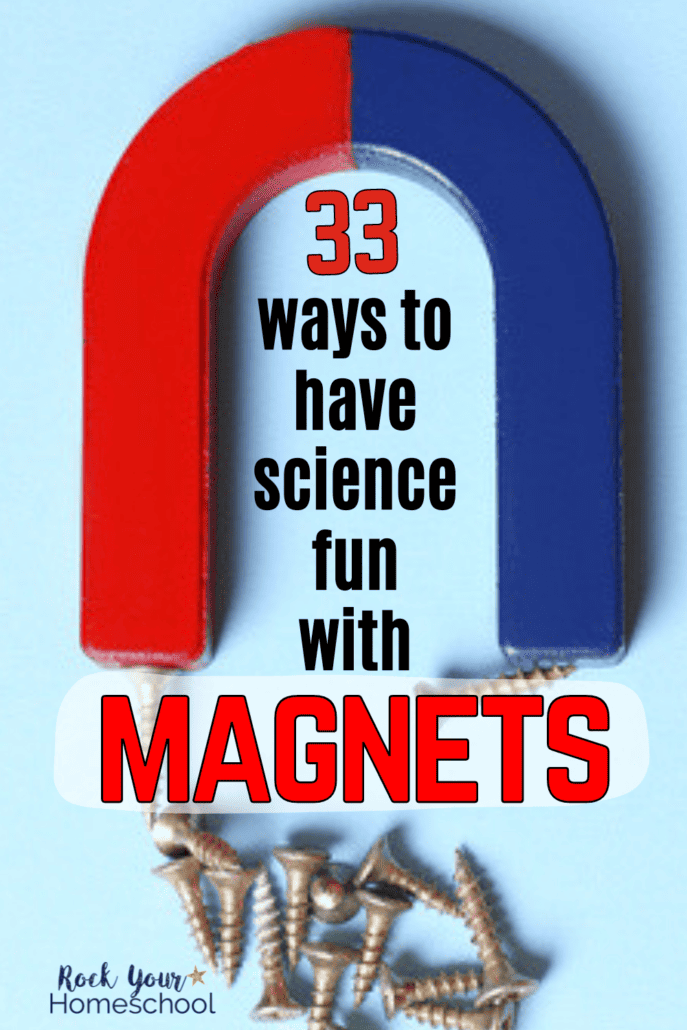
16. Build a Recycling Sorting Machine
In this activity, you’ll help your kids explore one of the many uses of magnetism as you set up a recycling machine that sorts out metal using magnets. Great for Earth Day fun and more!
17. Levitating Magnets with Eddy Currents
Speaking of maglev trains, learn more about eddy currents and Lenz’s Law in this in-depth experiment where you’ll demonstrate eddy currents and induced magnetic fields.
18. Measuring Magnetic Fields
It can be fascinating watching how the magnetic force of magnets gets stronger the closer they get to each other. In this activity, your familiar can explore the relationship between the strength of a magnetic field and distance.
19. Magnetic Fluids
Ferrofluids are fluids that can be shaped (and reshaped) by magnetic fields. In this series of experiments, kids are challenged to create their own ferrofluids, make magnetic ink out of ferrofluids, and use a permanent magnet to change the shape of something written with their magnetic ink.
20. Magnet Pendulum
This activity combines science with engineering as you work together to build a magnetic pendulum and use magnetic force to make a magnetic wand swing in different patterns.
21. Build a Paper Speaker
In this experiment, your family will learn how to build a functional speaker out of paper, magnets, and a coil of wire. In fact, you can make TWO types of paper speakers and compare them to one another.
22. Build a Simple Electric Motor
Several items in your home operate because of a motor of some sort – including your washing machine and refrigerator. In this activity, kids can build a simple electric motor and explore which changes impact the motor’s rotation.
23. Wingardium Leviosa
In this Harry Potter-inspired science activity, kids will get the chance to recreate a special Charms lesson where students make a feather levitate in mid-air. Part arts and crafts activity, they will make a magnetic “magic wand” to perform the “spell”. And remember: “It’s LeviOsa, not LevioSA!” SO much fun for your Potterheads!
24. Flying Ghosts for Fun Science Experiments with Magnets
This is a fun activity to do around Halloween that follows the same general steps as the Wingardium Leviosa activity above. Kids will create rods they can use to make tissue paper ghosts fly and have fun figuring out the right technique to get them to glide along perfectly.
25. Dancing Jitter Bugs
If you’re looking for something educational and adorable, this activity ticks both boxes! Your kids will enjoy piecing together cute jitter bugs, a fun pyramid home for them, and then watching as the jitterbugs dance fro flower to flower.
26. Science Experiments with Magnets – Spinning Spider
This activity can be a combination of animal science and magnet science as you and your kids build cute spiders, a “creepy” web, and then use magnets to help the spider dance around the web.
27. Make it Move Challenge
This one can be a really fun solo activity or one that you do as teams or as a lighthearted competition. The goal is to get your race car to the end of the track using whatever magnetic mechanism you want.
28. Cardboard Box Magnetic Pac-Man
If you have gamers in your family, they’re probably familiar with the classic game of Pac-Man. Here’s their chance to make their own DIY version made from things you either already have around the house OR that you can easily find at just about any general store.
29. Crazy Magnetic Hair Activity
With a magnet wand (or a magnet glued onto the end of a wood craft stick), googly eyes, and pipe cleaner pieces, your kids can have some fun with making silly characters with this activity.
30. Bouncing Magnets
This fun experiment can be used for preschoolers and above. Your kids will enjoy watching as the repelling property of magnets cause them to bounce against each other.
31. Magnetic Sculptures
This activity is perfect for kids who love building things with their hands as well as creating art. With the use of ceramic magnets, nuts and bolts, and lids (plus a little optional paint), your kids can get wildly creative and spend hours building magnetic sculptures.
32. Heavy Metal Art Boxes
In this combination science and art activity, you can use magnets and iron filings as a medium for your kids to make all kinds of abstract art. And since the art boxes are reusable, your kids can have fun for a long time!
33. Magnetic Painting
If your kids love the idea of blending science and art, here’s another activity they may love where they can create art by using magnets to drag various objects through paint. See how many different designs and patterns they can come up with!
Do you and your kids have science experiments with magnets that you’ve enjoyed but aren’t mentioned in this article? Please share it with us in the comments below!
